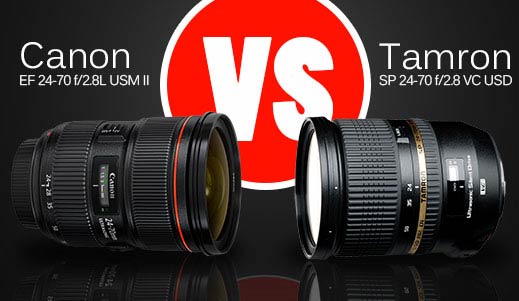The Comparison: Canon vs Tamron
Canon’s EF 24-70 f/2.8L II USM has been hailed as the sharpest lens of its type, but it has no image-stabilization, and it carries a hefty price tag at $2049. On the other hand, Tamron’s new 24-70 f/2.8 VC USD does have image stabilization, but the company’s optics only occasionally match the standards found in OEM lenses. Both are well built, with weather sealing and fast, quiet focusing motors.
There are only so many resolution charts that I can look at. I was curious how these lenses would compare in actual use, not in the laboratory, so I got both of them and took some test shots to compare them. The results are presented in the video above, but can be summarized as follows:
- Both lenses appear to be at their best at the wide angle end of the range. At 24mm, they produce excellent results in the center of the frame at f/2.8, and good results even at the borders. By f/5.6 and beyond, the image quality of both lenses is excellent across the frame.
- At the 70mm end of the zoom range, the Canon performs well across the frame, even wide open at f/2.8, while the Tamron is significantly softer around the borders. The Tamron’s borders remain softer than the Canon until stopped down to about f/11, but they’re pretty good by about f/8, and for most purposes, are perfectly usable even at f/5.6.
It should be noted, in fact, that the differences between these lenses will not be significant for many people. If you publish your images on the web, for display at 1080p or smaller, no differences will be visible unless you crop the images heavily. After all, even full HD resolution is only 2 megapixels, a 90% reduction in size from the RAW files. Even mid-sized prints, such as 8x10s, will not show the differences in the lenses in most circumstances.
Examples
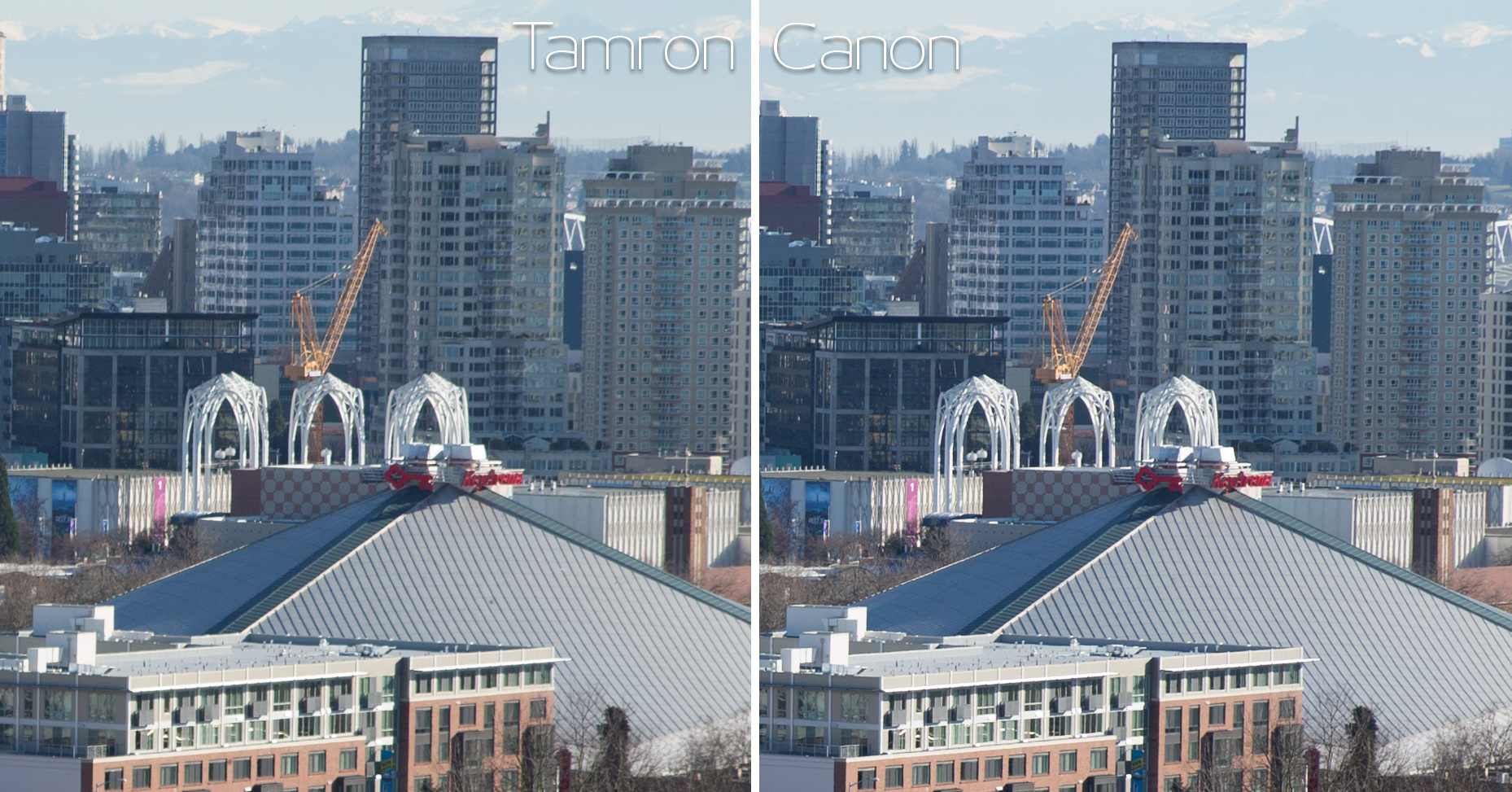
Click to view at 100%
You can download the RAW files from the video comparison images below. These are all in RAW format, so to view them, you’ll need software to render them, like Adobe Lightroom or Photoshop CS6. In each case, I’ve bundled the files together in .zip archives for ease of downloading. Please read the information regarding copyright and usage that has been enclosed in each .zip.
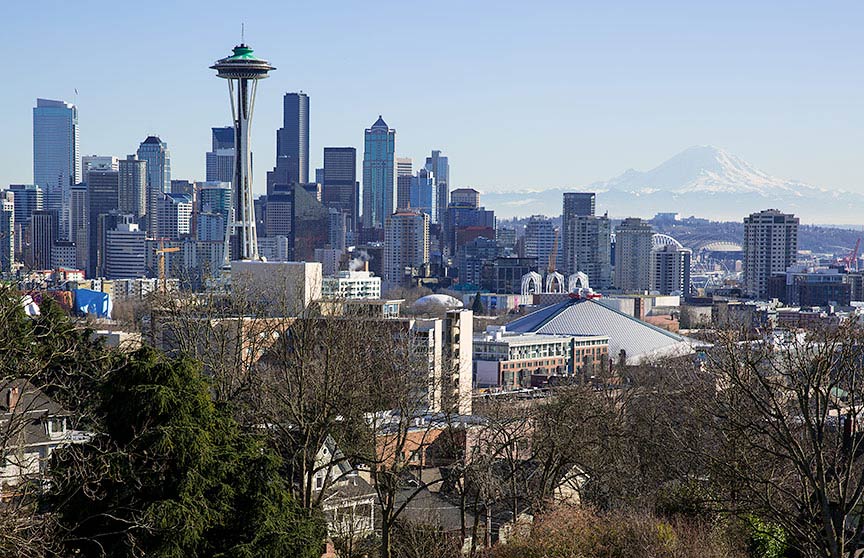
Download the Skyline Examples ( 6 files, 180 MB, .zip)
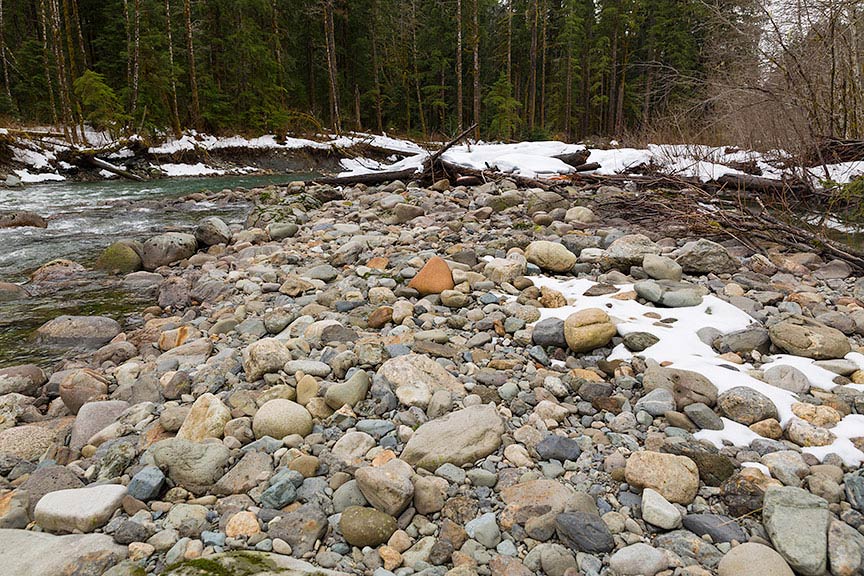
Download the Riverbed Examples ( 8 files, 243 MB, .zip)
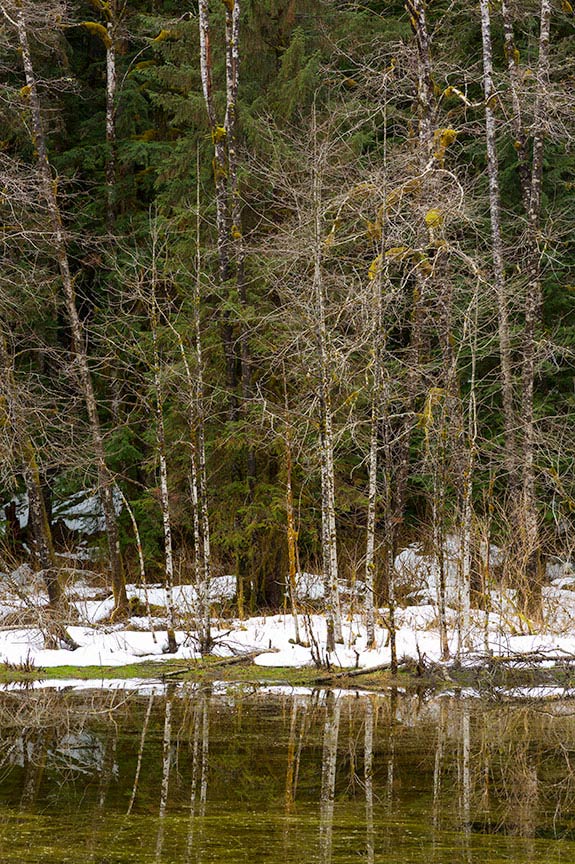
Download the Tree Examples ( 10 files, 350 MB, .zip)
Image Stabilization
After shooting tripod-mounted shots for a couple of days, it seemed only fair to let the Tamron’s VC system do some work, so early one morning, I went up to Camano Island to take some (moderately) low-light test shots. I found that I was able to get satisfactory results at 24mm at shutterspeeds of about 1/8th sec, but only rarely at 1/4 sec, and at 70mm, it was about the same, despite the focal length difference… though sharpness at 1/8th was not as reliable. Either way, I was able to take shots that I would not have bothered attempting with the Canon. Here are a few images from that morning, all taken with the Tamron, hand-held. Some sharpening has been applied, and of course, they’ve been re-sized:
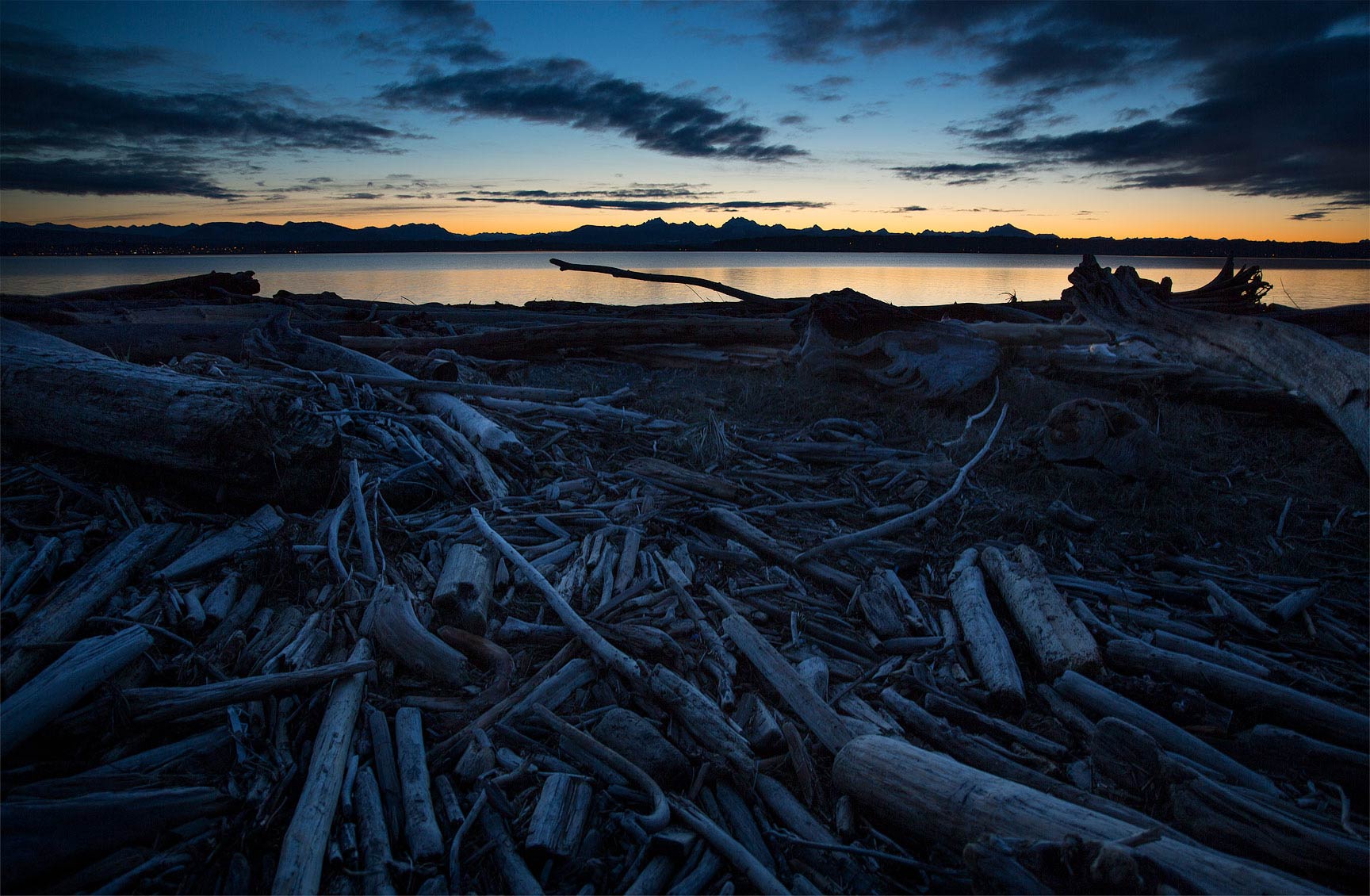
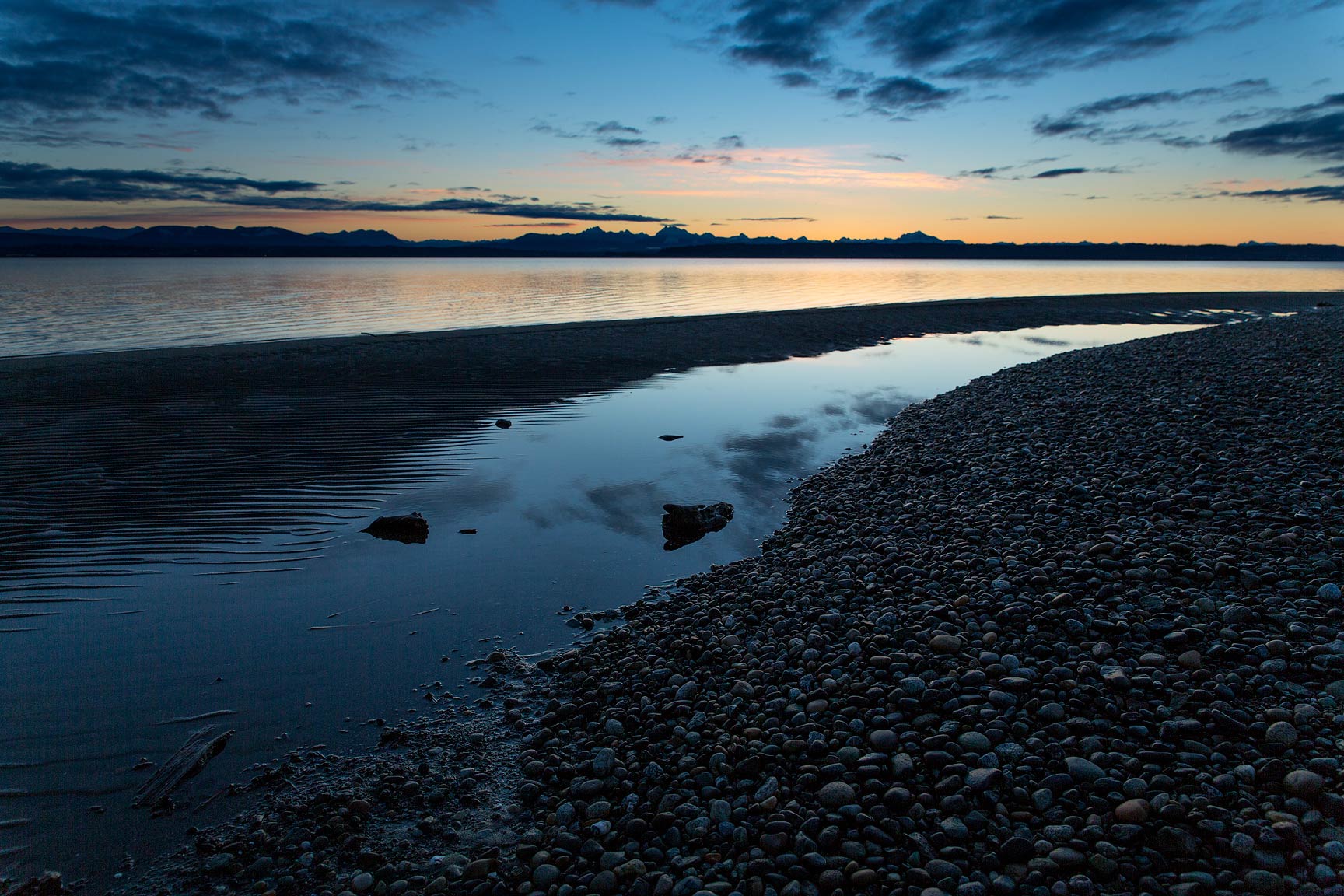
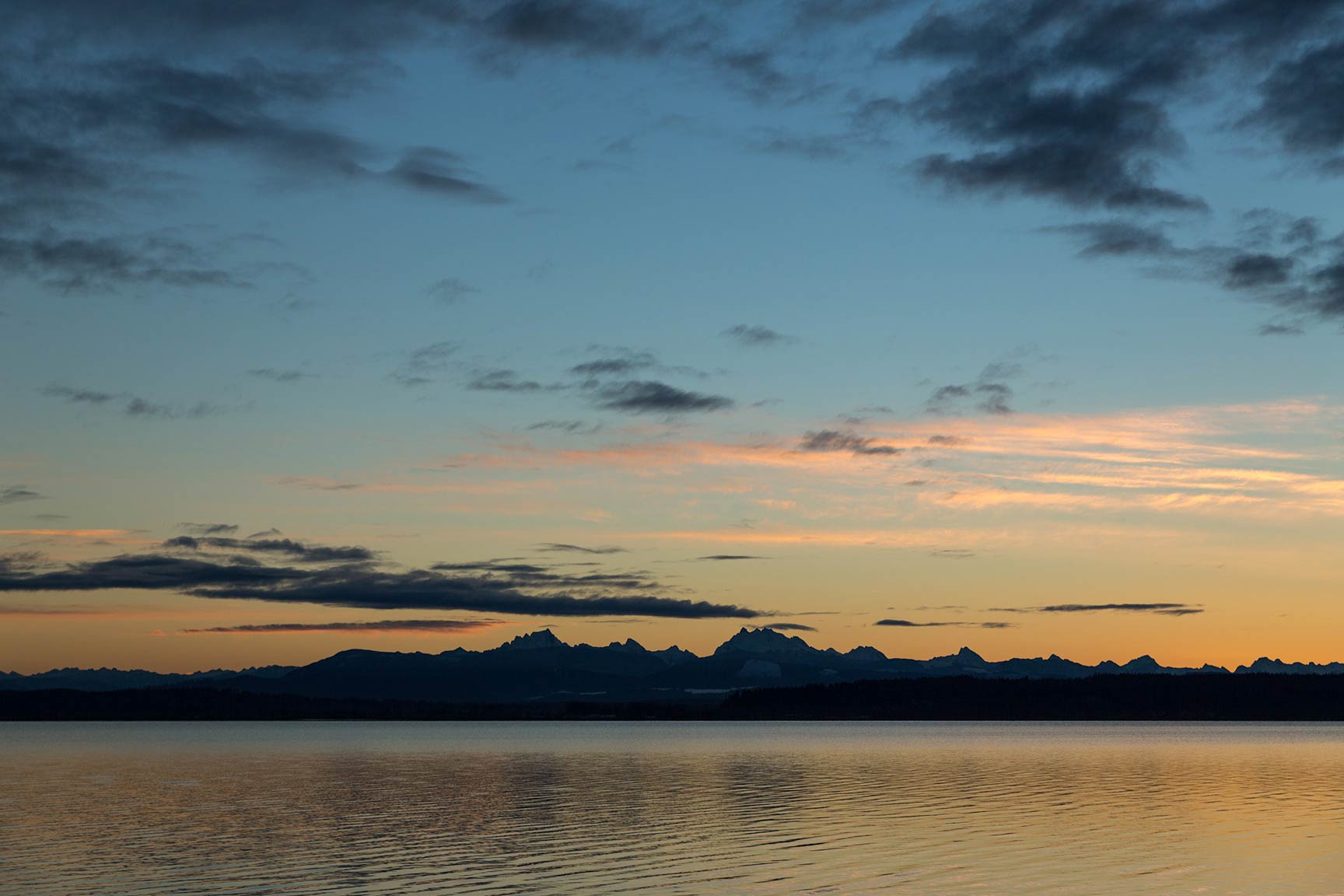

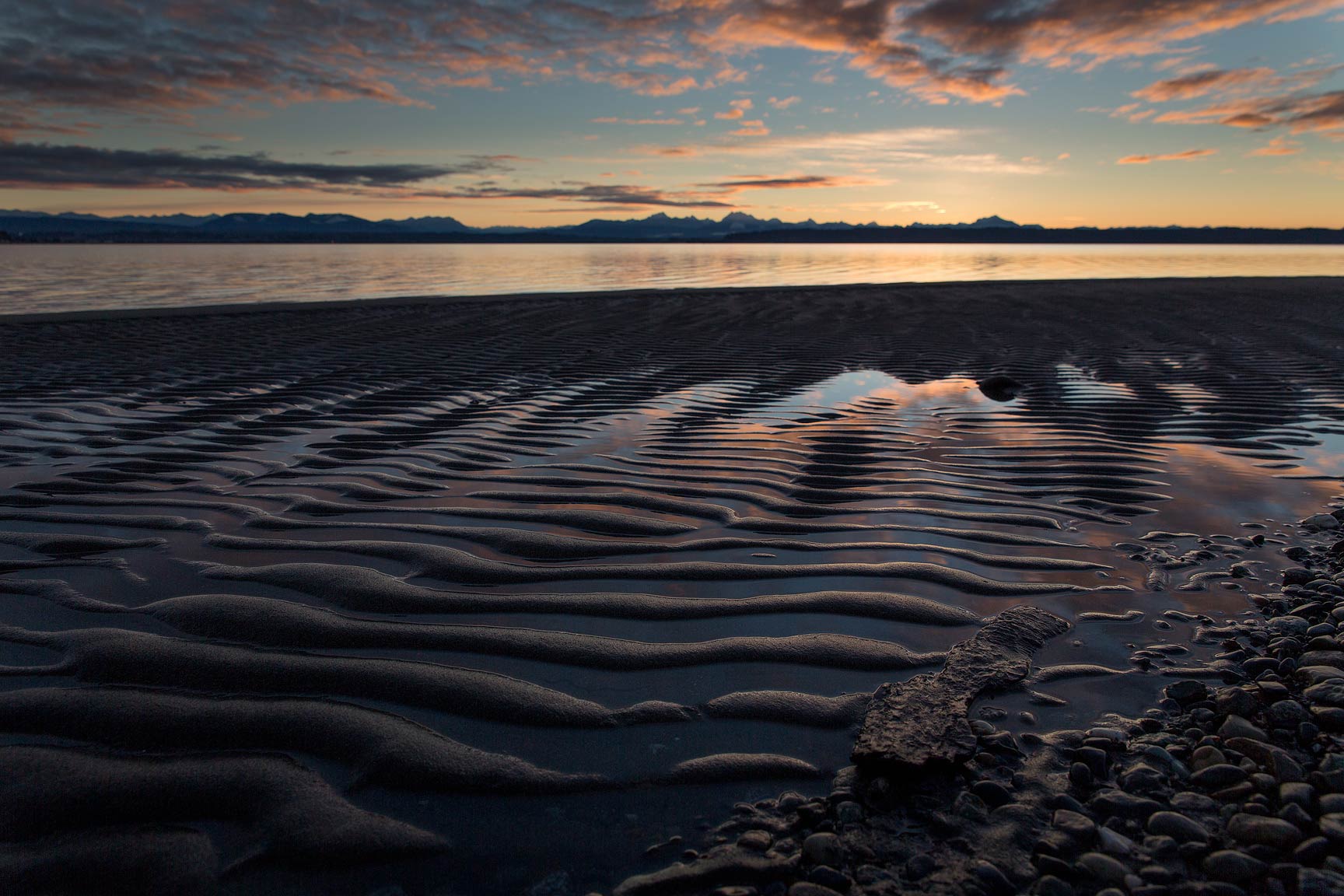

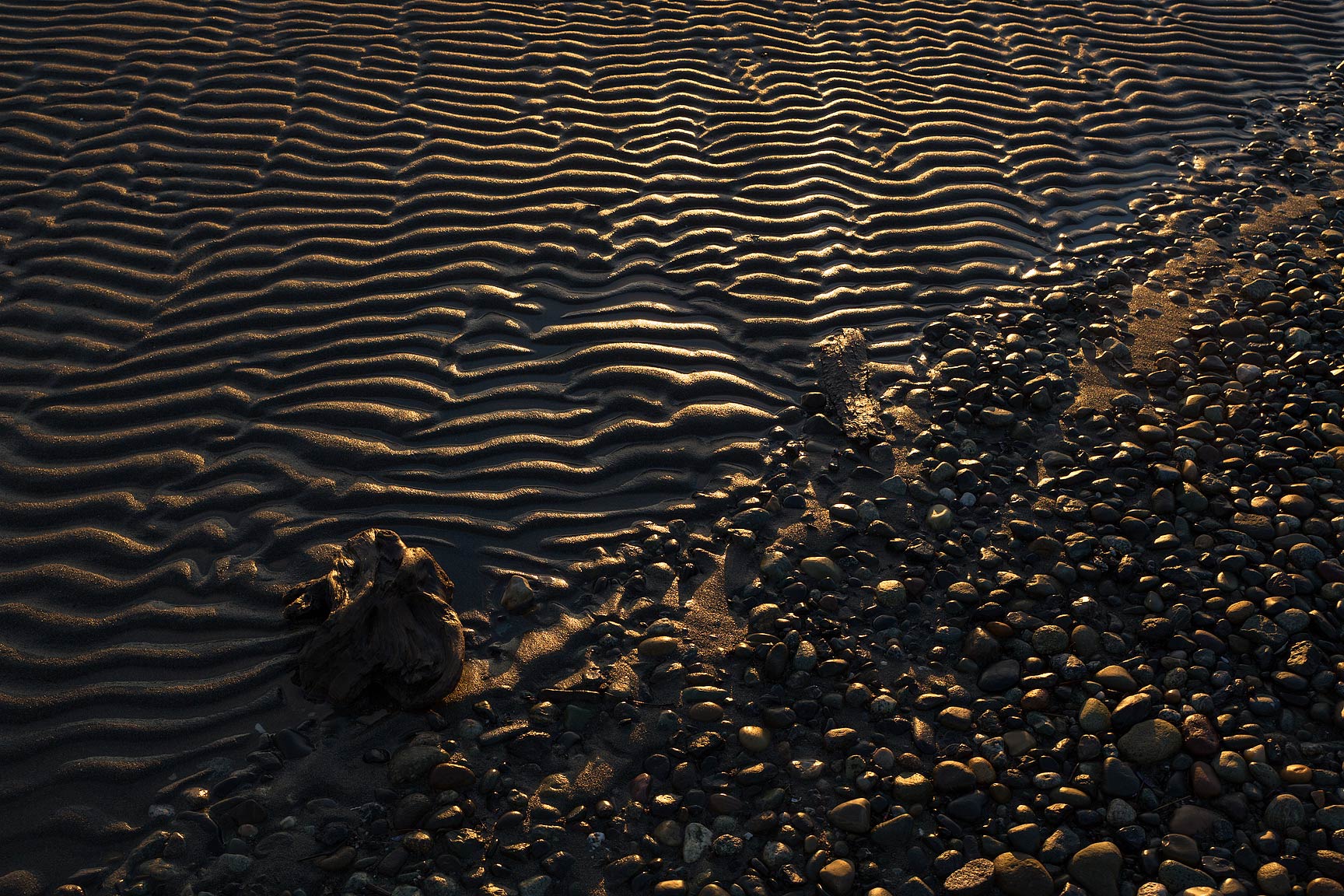
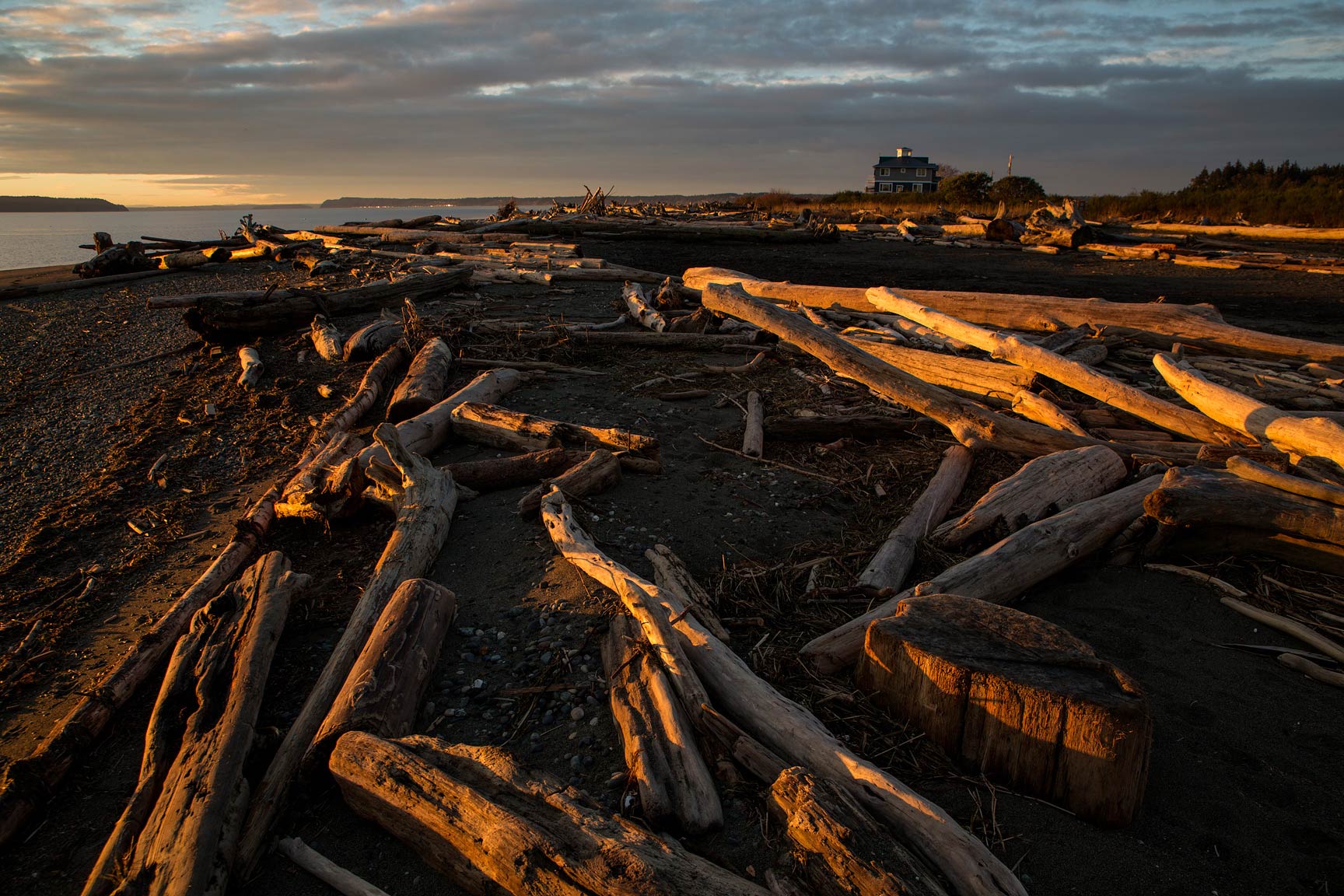
I recommend using the “View Full Size” option when checking out these pictures; the resizing in the gallery system introduces quite a bit of blur. All of the images above were shot at f/5.6, with shutterspeeds ranging from 1/8th to 1/200th seconds. Sorry, I’m not making the RAW files of these images available for download.
Vignetting
I didn’t cover vignetting in the video for this lens because there doesn’t appear to be a very significant difference; both lenses display some vignetting at f/2.8, but it tapers off quickly by f/5.6.
In the examples below, both lenses were used to shoot the scene at 24mm, f/2.8 and f/8. As usual, I did not apply any lens corrections here.
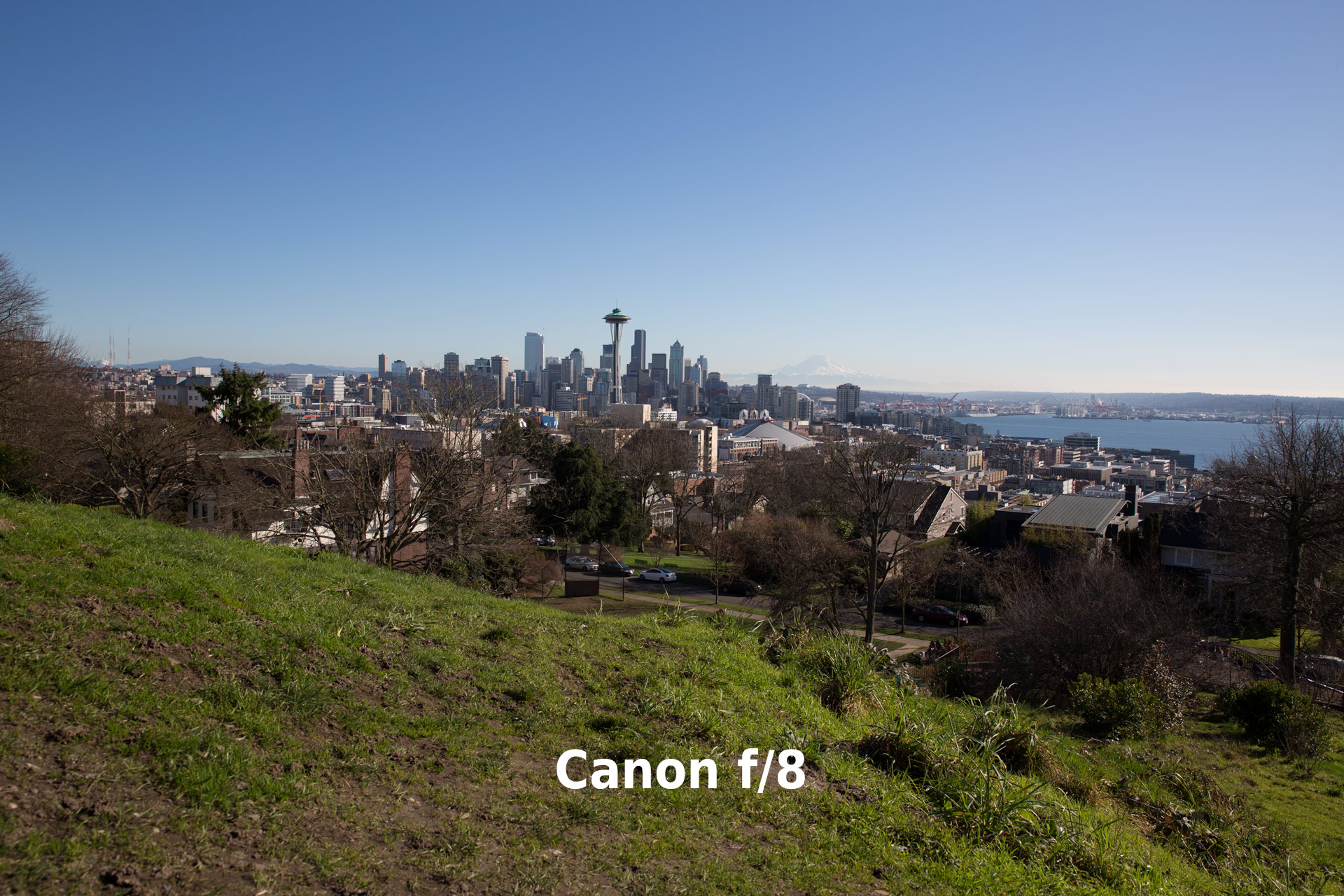
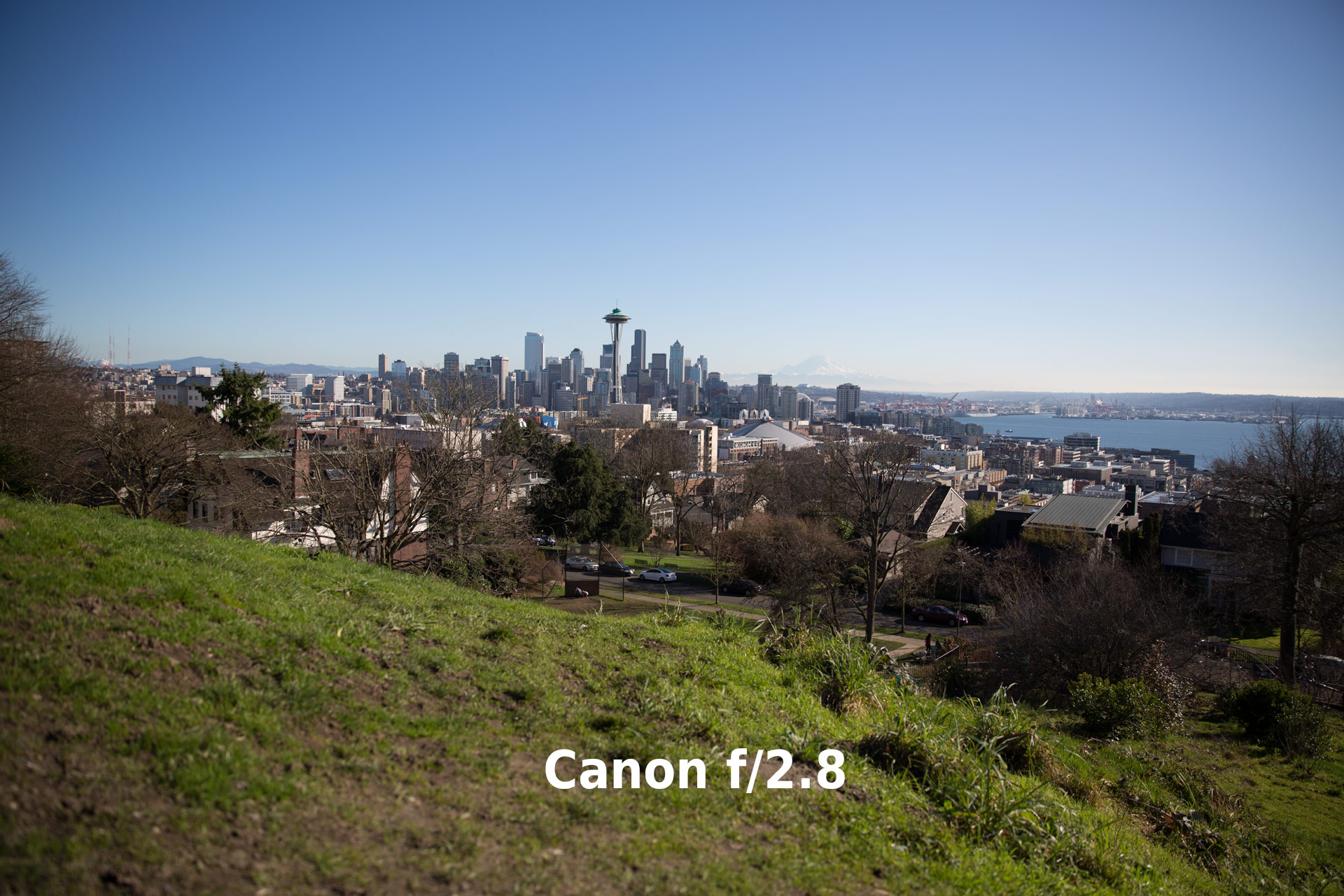
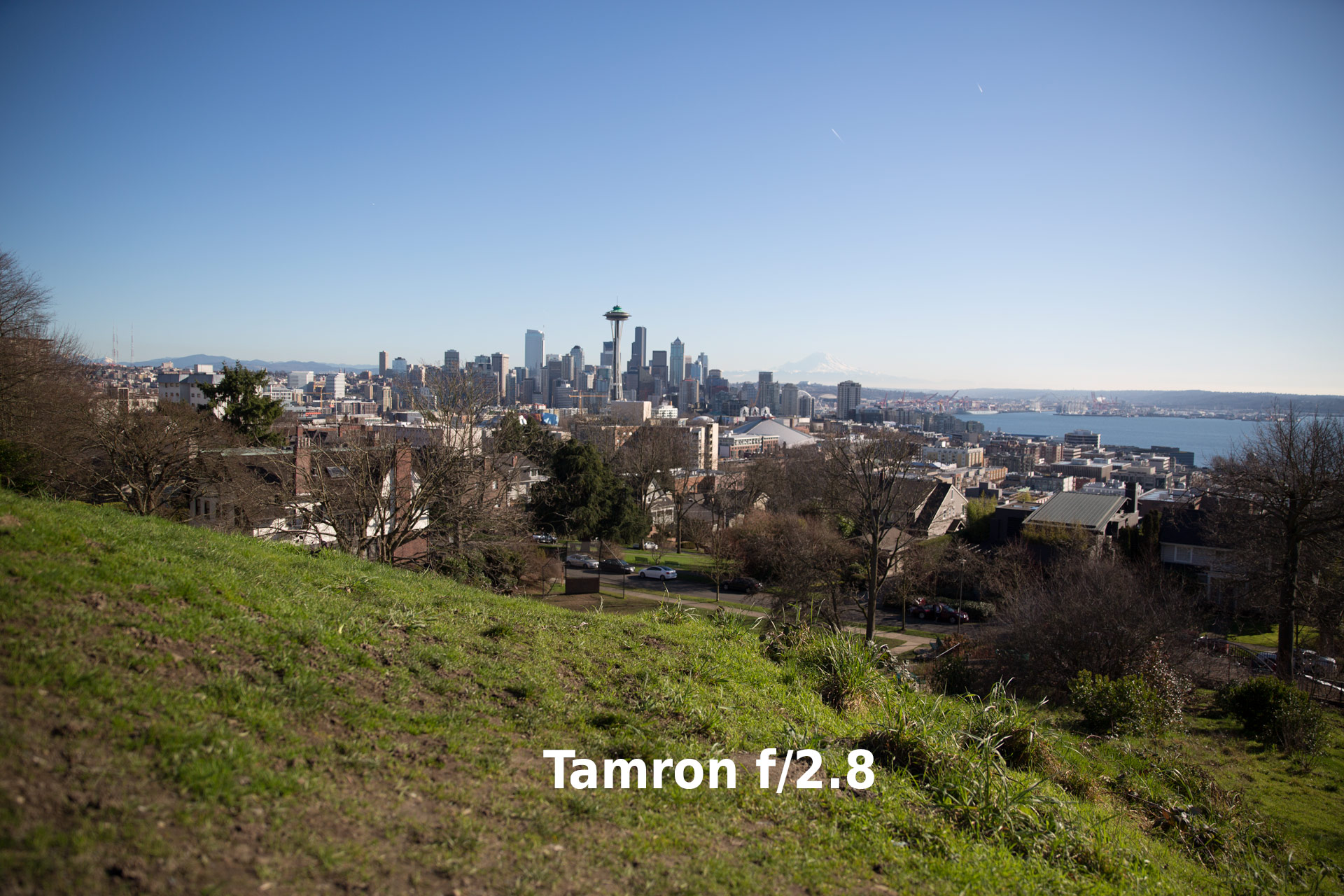
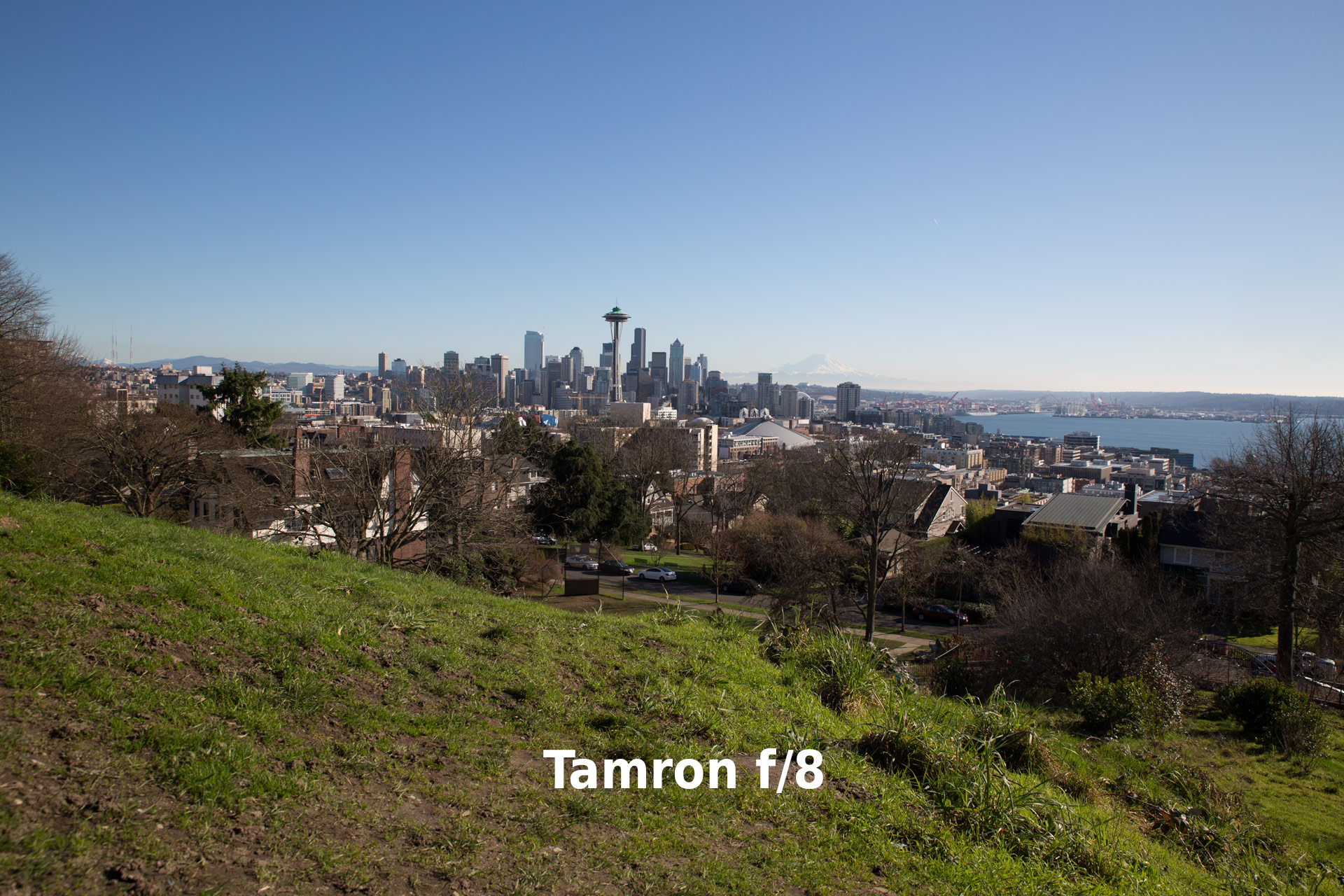
As you can see, both lenses produce some heavy vignetting wide open, but it’s not obvious to me that one is significantly worse than the other. The same was true at the 70mm end of the zoom.
Considerations & Conclusions
Beyond the obvious questions of which lens is sharper, there are a couple of important considerations when deciding whether to choose the Tamron 24-70 f/2.8 VC USD or the Canon 24-70 f/2.8L II.
- Landscape photographers (and others for whom sharpness is most important) do not typically shoot at f/2.8, and when stopped down, the differences in image quality are minor at the wide angle end.
- Those photographers who are most likely to use the image stabilization on the Tamron (such as wedding, event, or travel photographers) are also, I think, the photographers who are less likely to need ultra-sharp borders. If a photographer is focusing on a nearby subject, the edges of the frame frequently contain background this is slightly out of focus anyway.
- If you shoot hand-held rather than from a tripod, the advantage in sharpness gained from having VC (Image Stabilization) will outweigh the advantage of having what would otherwise be a sharper lens at most common shutterspeeds. Next time, I’ll have to remember to shoot hand held with both lenses in situations with moderate light.
- If sharpness is critical to the work you do, you shoot from a tripod, and you need to shoot with a large aperture, there’s no question: the Canon 24-70 f/2.8L II is simply better.
If you’ve found this comparison useful, please consider purchasing the lenses though the Amazon links below, or from Adorama Photo. This will help L&M create more (and better) comparisons in the future.

